Herman’s Hermits seemed no different to other 60s British bands in America, but why were they so incredibly popular?
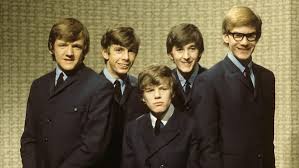
I know It’s a cliche to say the sixties were a fascinating time for music. For people of a certain age bands and artists from the time just trip off the tongue, whether those bands were ‘with it’ or not. And people from this explosive decade are still household names, even over 50 years later.
I have written previously about how much the single and album charts are missed (See The Sad Demise of the Pop Singles Charts) and, even today, a cursory perusal of any random chart from 1960 to the mid-80s would throw up hours of analysis and remembrance of previously forgotten one-hit-wonders, for example. Only for sad people like me of course. The charts also remind you of bands that were more popular than you remember or maybe more popular than you can credibly explain. I have already considered the work of Freddie and The Dreamers on these pages ( Freddie and the Dreamers: The Beatles of Uncool (But Fun!)) and recently I came across some information on one of their contemporaries, Herman’s Hermits who were hugely successful on both sides of the Atlantic and second only to the mighty Beatles themselves. But why?
Now don’t get me wrong, there was nothing essentially wrong with Herman’s Hermits, they were jolly, poppy, good fun, produced catchy pop ditties and had a cheeky boy-next-door front man. What’s not to like?
But they sold 60 million records, received 14 gold discs for their single hits, 7 gold albums, appeared in 4 films including two of their own vehicles in Hold On and Mrs Brown You’ve Got A Lovely Daughter and twice they were voted ‘Entertainers of the Year’ by US trade paper Cashbox. And in 1965 Billboard magazine ranked them as America’s top singles act beating The Beatles into second place. We’ve all heard of The British Invasion, but really?
Hermans Hermits, or Herman and the Hermits as they were first known, formed in Manchester in 1964 and were soon signed by producer Mickie Most and they had their first and only UK No. 1 that same year with the King/Goffin penned I’m Into Something Good. The record reached No. 13 in the US which got them noticed and from then on they never looked back. They continued to have hits in the UK but it was in the US they hit pay dirt with 11 top ten hits, six of which were not released as singles in the UK. Clearly their American producers realised that The Hermits ‘Englishness’ along with Peter Noone’s schoolboyish charm was their, maybe not quite unique, selling point to the vast US, mainly female audience.
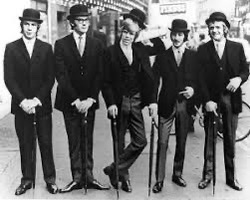
Mrs Brown You’ve Got A Lovely Daughter was a song featured in a British TV play called The Lads and sung by a young Tom Courtney in 1963. The Hermits had recorded a version in the studio for a laugh and never dreamed it would be released to the US market, let alone go straight to No. 1. The stripped down production and Noone’s heavily English accented vocal certainly struck a chord with the record buying US public. So much so that after their follow up and more conventional pop single Wonderful World only reached No. 4 the record company immediately released I’m Henry The VIII I Am’ which again rocketed to No. 1 on the Billboard chart. The fact the song was a cockney standard and The Hermits were from Manchester obviously escaped the notice of the teenage American public but it cemented their cuddly Englishness. Weirdly in 1965 this became the fastest selling single in history, was one of the shortest ever No. 1s at 1 minute 50 and even, reportedly, influenced The Ramones! It’s also interesting that the two most successful singles for The Hermits in the US were never even released in the UK. On their first appearance on the legendary Ed Sullivan Show they were even given a backdrop of ‘traditionally English’ Tudor buildings!
Clearly the US record buying public saw HH as a quintessentially ‘English’ band, the type you could take home to Mom, unlike the cheeky Beatles and hippy Stones. And this, of course, encouraged US variety shows to book these lovely lads and not worry about the Bible Belt unleashing their righteous rage upon the networks. And so Herman’s Hermits were beamed into every god-fearing home in America via the shows of Merv Griffin, Dean Martin, Danny Kay, Jackie Gleason and, of course, the inevitable Ed Sullivan. In the UK they graced Ready, Steady Go (10 times. There’s a great bit of footage of a young female fan hanging on to Peter Noone’s arm as he’s wheeled around the RSG studio on a trolley until he becomes really quite pissed off!), Dee Time, Doddy’s Music Box, the almost forgotten Whistle Stop with Roger Whittaker and obviously Top of the Pops, an incredible 44 times!.
They made four cinema release films, two of which as star vehicles for Herman’s Hermits.
Hold On was made in 1966 at the height of their Transatlantic popularity. Set in LA and with a wafer thin plot that still managed to include a storyline about a NASA rocket, the boys getting lost in a fun fair, a ‘charity’ gig because let’s not make out the band was making money from all this (they probably weren’t) and, of course, some examples of ‘Hermania’ which really only included Peter Noone obviously. The band did manage to perform 11 songs in the film, the two most well known being Must To Avoid and, the made for the US single, Leaning On A Lamp Post. Wonder what their American fans would have made of George Formby?
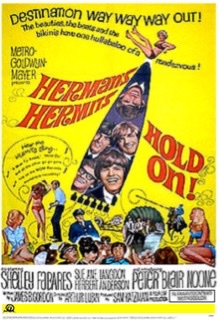
The film was unmemorable like so many other teen pop band vehicles of the time although the band’s fictional manager, Dudley, was played by quite an interesting character actor named Bernard Fox. Although perennially playing the quintessential English buffoon, this part being no exception, Fox was actually Welsh having been born in Port Talbot, an area which also produced Richard Burton and Anthony Hopkins. Although not a household name in the UK, Fox had a long and prodigious career in the US and for many years was the go-to actor when not too bright Englishmen were needed in a production. Fox appeared in some of the great American series of all time, usually playing the same part, such as Bewitched, Dick Van Dyke Show, Hogan’s Heroes, Man From UNCLE, MASH, Columbo and The Monkees (see Hey, Hey It’s the Monkees!). He died in 2016 a few years after completing significant parts in Titanic and The Mummy.
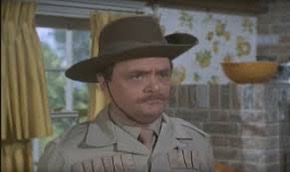
The New York Times described the film then as ‘..an occasionally amusing though nonsensical pastiche.‘, which, to be fair would have described most pop group film vehicles at the time, while Boy’s Life was a little more upbeat in its review suggesting the film was ‘..for swingers who are really with it.’ I’m not so sure about that but it’s certainly good fun and, other than being an interesting social document for the time, little more.
Their second film, Mrs Brown You’ve Got A Lovely Daughter, made two years later, was after US ‘Hermania’ had subsided significantly. American teenagers had moved on from The British Invasion and Flower Power and Hippiedom had taken hold. Bands like The Monkees (See Hey, Hey It’s the Monkees!) were taking over and there was also a movement away from bubblegum pop to to more ‘serious’ groups like The Doors, Jimi Hendrix and, of course, The Beatles who had just released Sergeant Pepper which shifted the goalposts hugely for music. MBYGALD was, therefore shot in the UK as HH were still having hit records here. Shot in London and Manchester the similarly gossamer-thin plot involved a greyhound and yet another ‘charity’ gig. Plus Peter Noone having a major dilemma about which girl to romance with. The band performed 9 songs including ‘There’s A Kind Of Hush.‘
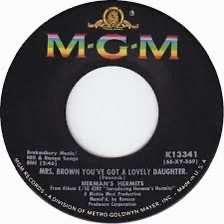
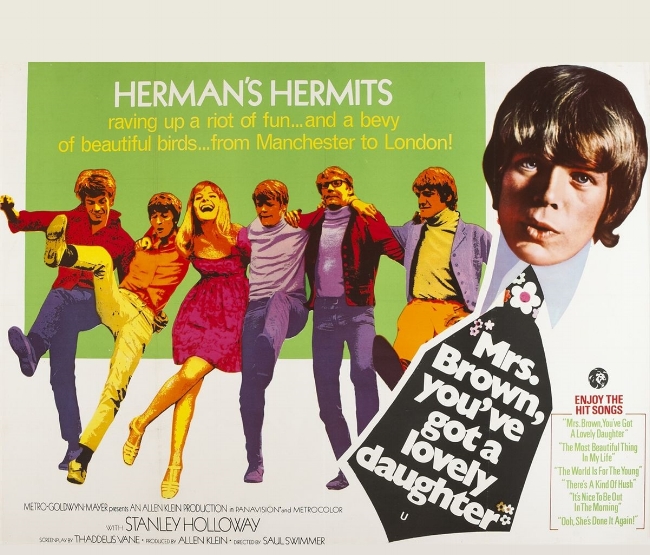
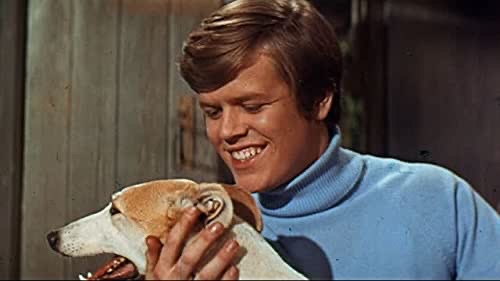
The cast list for this particular outing was more interesting than the last one, however. The great Stanley Holloway and Joan Hickson co-starred and there were early appearances for Sheila White, Annette Crosbie and, that Genxculture favourite, Lance Percival. And of even more interest to me, an appearance by comedy variety star Nat Jackley, not long after his role in The Beatles’ Magical Mystery Tour in 1967. Plenty to say about him but check out my article on MMT below where his legendary status due to him appearing in this major 1967 cultural event is discussed ( Magical Mystery Tour: What A Long Strange Trip It Was).
Anyone with a rudimentary knowledge of these enjoyable popsters will almost certainly be thinking about the elephant in the room here. So, step forward Mr Peter Noone!
Peter Noone had found some relative fame as a child actor appearing in Coronation Street in 1961 as Len Fairclough’s nephew Stanley, coincidently a certain David Jones would appear in Corrie the same year as Ena Sharples grandson Colin. Another David Jones would enter Peter Noone’s life ten years later in a very different way.
It’s true that front men or women in a band are always the focus of media and fan attention. With the exception of Mick Jagger, few people could probably have named the leader singer of The Tremeloes, The Hollies, even The Kinks but by 1966 many would have known Peter Noone with the cheeky smile and the pleasant but limited voice. He was the HH representative three times on the judging panel of Juke Box Jury, the interviewee on Genxculture favourite Dee Time (see Dee Time: When The Sixties Really Began), a two-time judge on America’s Dream Girl of 1967 amongst many other solo appearances while still Herman of The Hermits. And the straw that probably broke the camel’s back was on 31 March 1971 when he was the subject of This Is Your Life. The Hermits appeared of course but only as support players. Sadly this episode no longer exists although I have a very clear memory of watching it at the time.
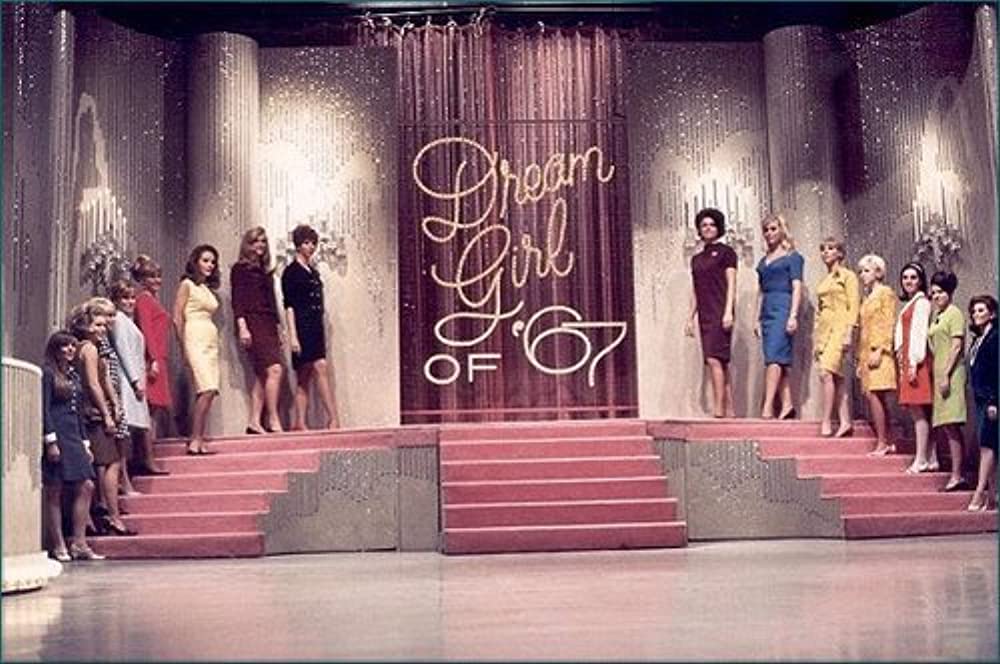
It’s easy to see that although his popularity was good for the band the other members must have got a bit pissed off with all the attention he received and on Noone’s part, he must have thought realistically about what a solo career could have meant for him.
To me Herman’s Hermits were one of those bands who had more hits than most people of my age would remember. Ask anyone with a rudimentary knowledge of this period and they could probably name three, possibly four hits but would be not only surprised at how many hits they had over a relatively short period but also at the quality of their singles output. Clearly their manager and producer Mickie Most had an ear for what was potentially going to be successful. For example (and this is just a selection of their hits):
- I’m Into Something Good (August 1964): The band’s first hit was written by songwriting royalty Gerry Goffin and Carole King during their early years at the Brill Building pop factory. As the band’s debut single it went to number one and stayed there for two weeks. The song was featured in a very funny sequence in the film The Naked Gun: From The Files Of Police Squad and became a minor hit again when Peter Noone released a new solo version. The original version has also featured on The Simpsons and Family Guy.
- Silhouettes (February 1965): Originally a hit for US Do-Wop group The Rays, HH heard the song on US Armed Forces Radio and decided to record a version which went to No. 5 in the US and No. 3 in the UK. An annoyingly catchy little guitar riff leads into the melody which will stay in your head all day.
- Wonderful World (April 1965): Now I have no recollection of The Hermits doing this Sam Cooke classic. Their upbeat version was reportedly recorded as a tribute to Sam Cooke who had recently died. However, it reached No. 4 in the UK and 7 in the US and I had no idea they had a hit record with it.
- A Must To Avoid (December 1965): Written by the prolific P.F. Sloan and Steve Barri this song was reviewed by Billboard magazine as ‘..a winning and swinging rocker with ‘hit’ written all over it.’ Praise indeed and also uncannily accurate as it reached 8 in the US and 6 in the UK.
- No Milk Today (October 1966): Written by the legendary Graham Gouldman in his pre-10CC days, the song was originally first offered to The Hollies who Gouldman had written a number of hits for including Bus Stop. The Hermits version was their first single to include strings and also, allegedly, featured John Paul Jones. But in those days, along with Jimmy Paige, which British pop recordings didn’t? This became something of a controversial topic for the various members of The Hermits.
- A Kind Of Hush (February 1967): With this song we enter that favourite Genxculture zone of quantum entanglement. A song everyone knows although mainly because of The Carpenters‘ version of 1976. Strangely this version was not one of The Carpenters most successful releases even though it did get into the US and UK top 20s. Richard Carpenter has since written about being unhappy with the recording and about his band’s decision to record cover versions at that time. To many nowadays this song is one of The Carpenters most memorable of many memorable releases. People of a certain age, though, will probably have forgotten it was Herman’s Hermits who had the first worldwide hit with the song. A Kind Of Hush was originally written by Geoff Stephens and the also prolific Les Reed (maybe more on him to come). Stephens was part of The New Vaudeville Band, an odd outfit who had some success in the late 60 and early 70s trying to recreate the sound of The Music Hall in a comedic and ironic fashion. Winchester Cathedral, Peek-A-Boo and Finchley Central were all major hits in the UK with Winchester Cathedral bizarrely reaching No.1 in the US. Even more bizarre was the fact that TNVB’s first manager was the formidable Peter Grant of Led Zeppelin fame. How queer!
- Sunshine Girl (July 1968): The Hermits’ popularity was beginning to wane in the US by this time but they were still churning out the hits in the UK. It’s hard to believe that this annoyingly infectious song which reached No. 8 in the UK didn’t even make the US top 100. A sign that the Hermits‘ boy-next-door’ charm was being usurped by some other bands or artists. My abiding memory of this song was a set of rude lyrics some primary school musical genius had substituted for the proper words at the time of its success. I can still sing this rude version word perfectly to this day.
- My Sentimental Friend (April 1969): And still they continue to have hits and this almost forgotten-but-you-know-it-when-you-hear-it single was actually their second most successful release in the UK reaching No. 2, almost five years after their first release. A very long time in pop in those days.
By November 1970 The Hermits had their final hit with Lady Barbara which touched a creditable NO. 13 in The Hit Parade. But what’s this we notice? It’s not credited to Herman’s Hermits but to PETER NOONE and Herman’s Hermits! It would be their final hit, the group would disband and Peter Noone would drive off into the sunset. It would be easy to say that Peter Noone’s fame eclipsed that of The Hermits but that, I think, would be unfair. Although it must have been severely irritating for the other band members to watch Noone be interviewed, photographed, lauded and entertained as if he was Herman’s Hermits, it worked well and was hugely successful for many years at a time when competition amongst pop bands of their type was savage.
Controversy did follow them for years afterwards regarding who actually played on their many hits. Both Mickie Most and, latterly Peter Noone himself claimed most of their hits had Jimmy Paige, Vic Flick or Big Jim Sullivan all featuring at different times. Herman’s members, particularly guitarists Derek Leckenby and Keith Hopwood insisted they were the main players on the discs. We’ll never know for certain what exactly happened in the studio, the 60s were like that, but The Hermits, unlike many other successful pop bands of the time, were accomplished musicians and could easily have handled what was required of them. Despite the production shenanigans that habitually went on, I feel the Hermits most certainly provided most of the backing on their many hits, despite some session parts being also added occasionally, which was common in the 60s and 70s.
Shortly after splitting with The Hermits, Peter Noone was given a song by an up and coming young singer/songwriter known as David Jones (it’s that name again) though we now know him as David Bowie called Oh! You Pretty Things which he recorded and had a NO. 12 UK hit which, perhaps surprisingly, turned out to be his only solo hit, even although he guested on many variety shows of the time including Lulu, Morecambe and Wise, The Golden Shot, Crackerjack and the estimable Basil Brush. Bowie played piano on the single further cementing its minor legendary status in pop culture. It would have been a decent little earner for the struggling young songwriter still trying to make his way in pop (See Bowie: The First Time (Or Loving The Alien)).
Sadly that was pretty much it for Peter Noone and The Hermits. A Noone-less Hermits carried on playing and occasionally Peter Noone joined up with them for short nostalgia tours but their chart days were over. A version of HH still performs as does Peter Noone.
It’s still hard to work out quite why Herman’s Hermits were only second in popularity to The Beatles . For me the answer is rather more prosaic than I’d have liked. In short, Herman’s Hermits produced uncomplicated, catchy and sometimes memorable pop songs. They were good fun, unthreatening, clean cut and worked hard to become household names, which they did. But more than that, they had a boy-next-door cute and cheeky lead vocalist. He was no Scott Walker but his voice was distinctive and their songs suited his slightly limited range. Nothing wrong with that, but he also benefited from The Beatles explosion in the US, looking as if he could have been one of the cuddly mop tops. The difference between The Hermits and many other bands who were part of The British Invasion such as The Kinks, Dave Dee, Dozy, Beaky, Mick and Tich, The Dave Clark Five, The Animals, The Hollies and The Searchers was, quite simply, Peter Noone. He had a certain British ‘something’ that many of the other band front men didn’t. And that could be a perceived ‘accessibility’. Young girls could imagine taking him home to meet mom and dad.
In a book entitled Idol Talk published in 2017, grown-up women talk about their teen idols, why they loved them so much and how it still affects them. Tamra Wilson’s chapter on Hermania describes how much young girls loved band members with ,’ ..baby faces that aged slowly.’ Interestingly the foreword to this more-interesting- than- you- might- think book is by a former pop star named Peter Noone who still plays down the ‘heart-throb’ aspect of his career. Which is nice.
In the long and fascinating history of pop music, Herman’s Hermits‘ musical output still stands the test of time. Most people of a certain age will be surprised at just how many memorable hits they had and, I would argue, few will remember one of The Carpenters‘ most well-known songs, There’s A Kind Of Hush, was first made famous by The Hermits.
Like most pop bands their fame was limited but it lasted much longer than many others and what a great time they must have had, particularly Peter Noone.
Couldn’t have happened to nicer guys.
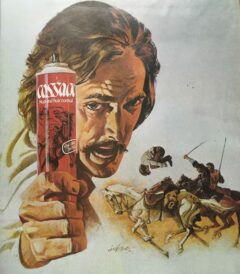
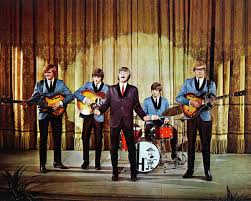
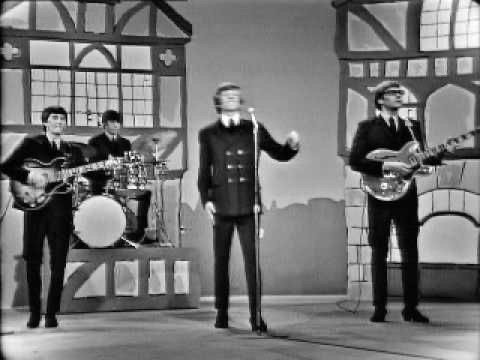
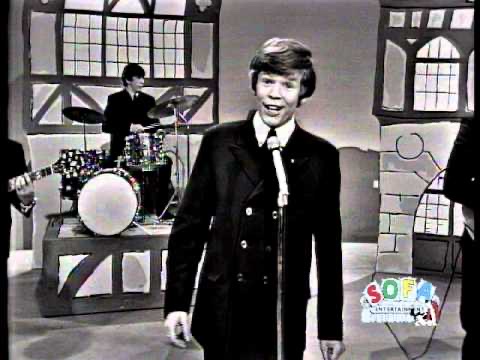
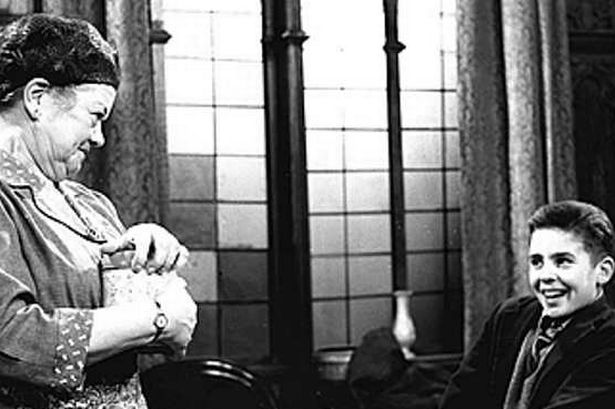
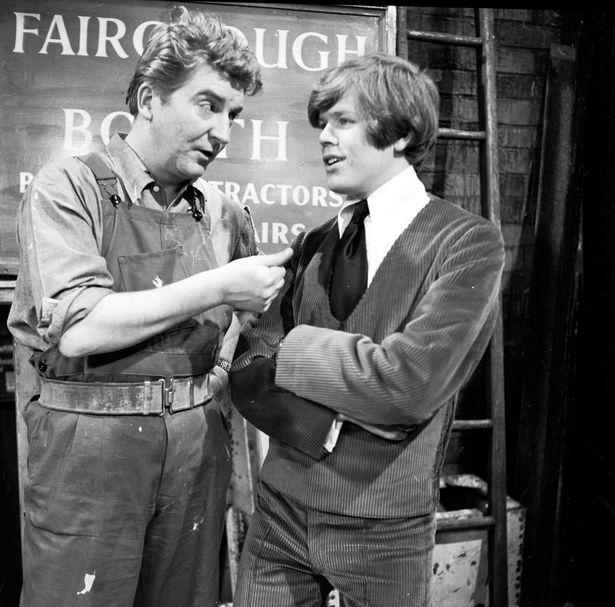
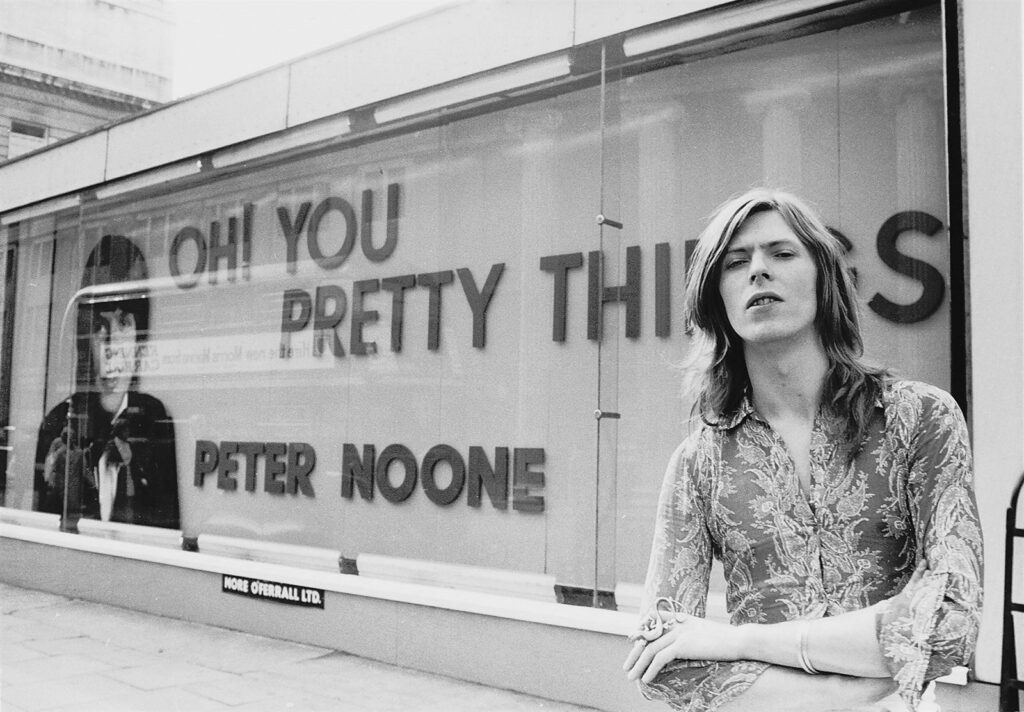
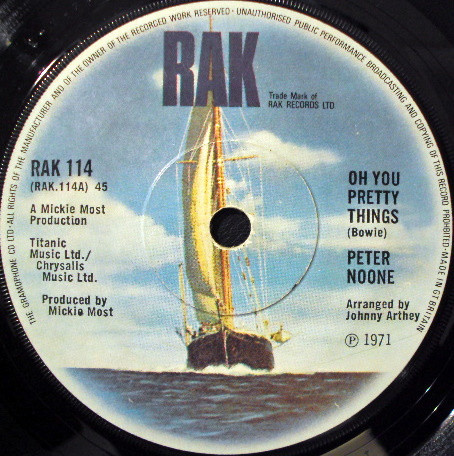
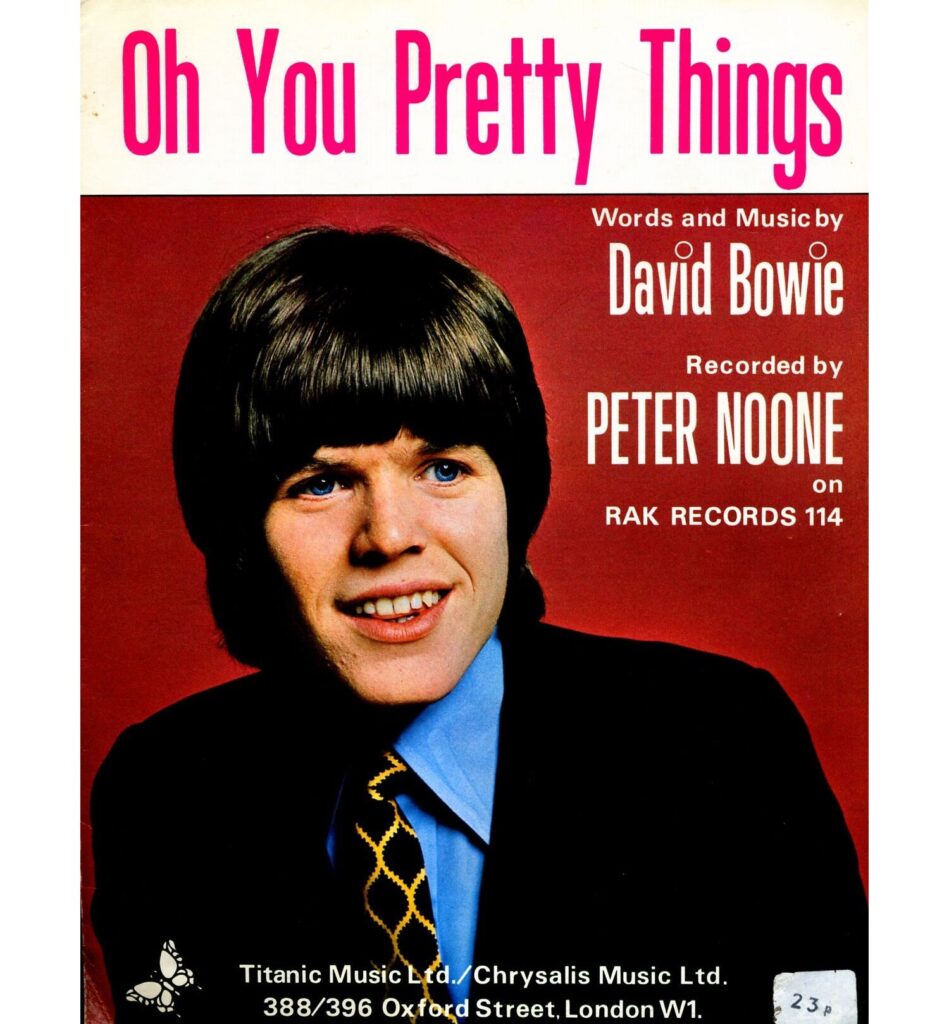
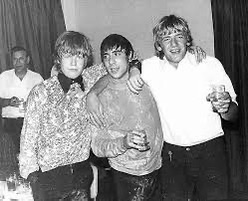
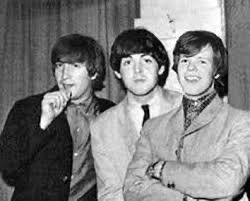
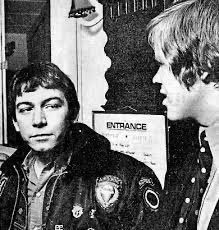
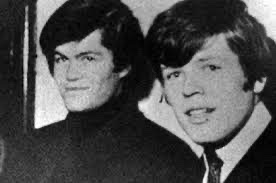
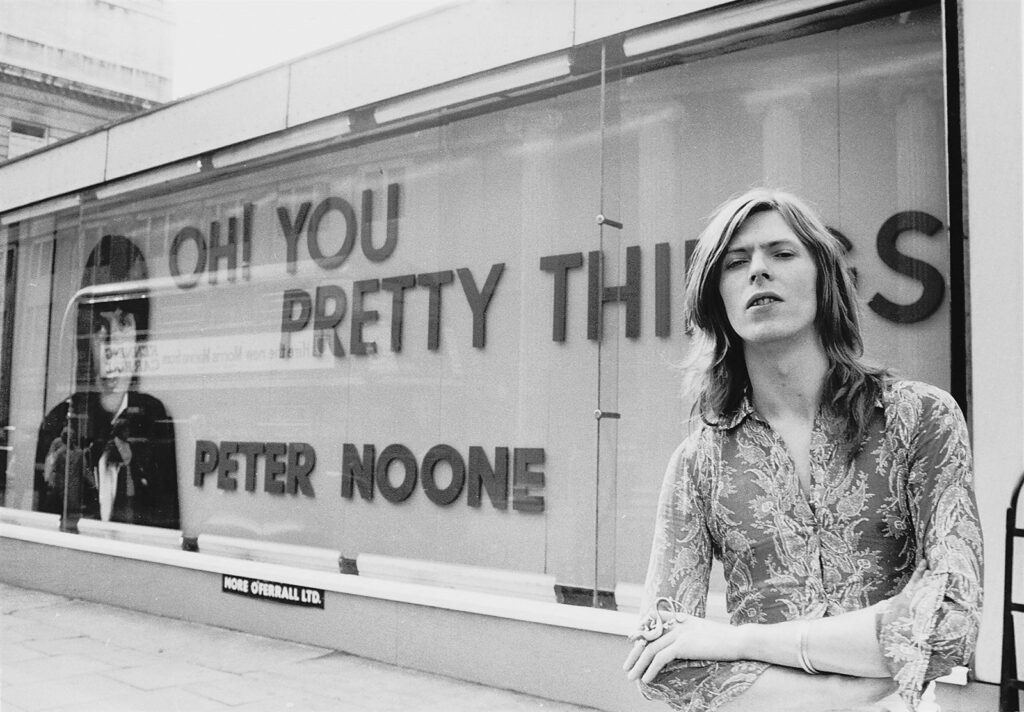
[…] Herman’s Hermits Were HUGE during the 60s. Why? […]
[…] Herman’s Hermits Were HUGE during the 60s. Why? […]